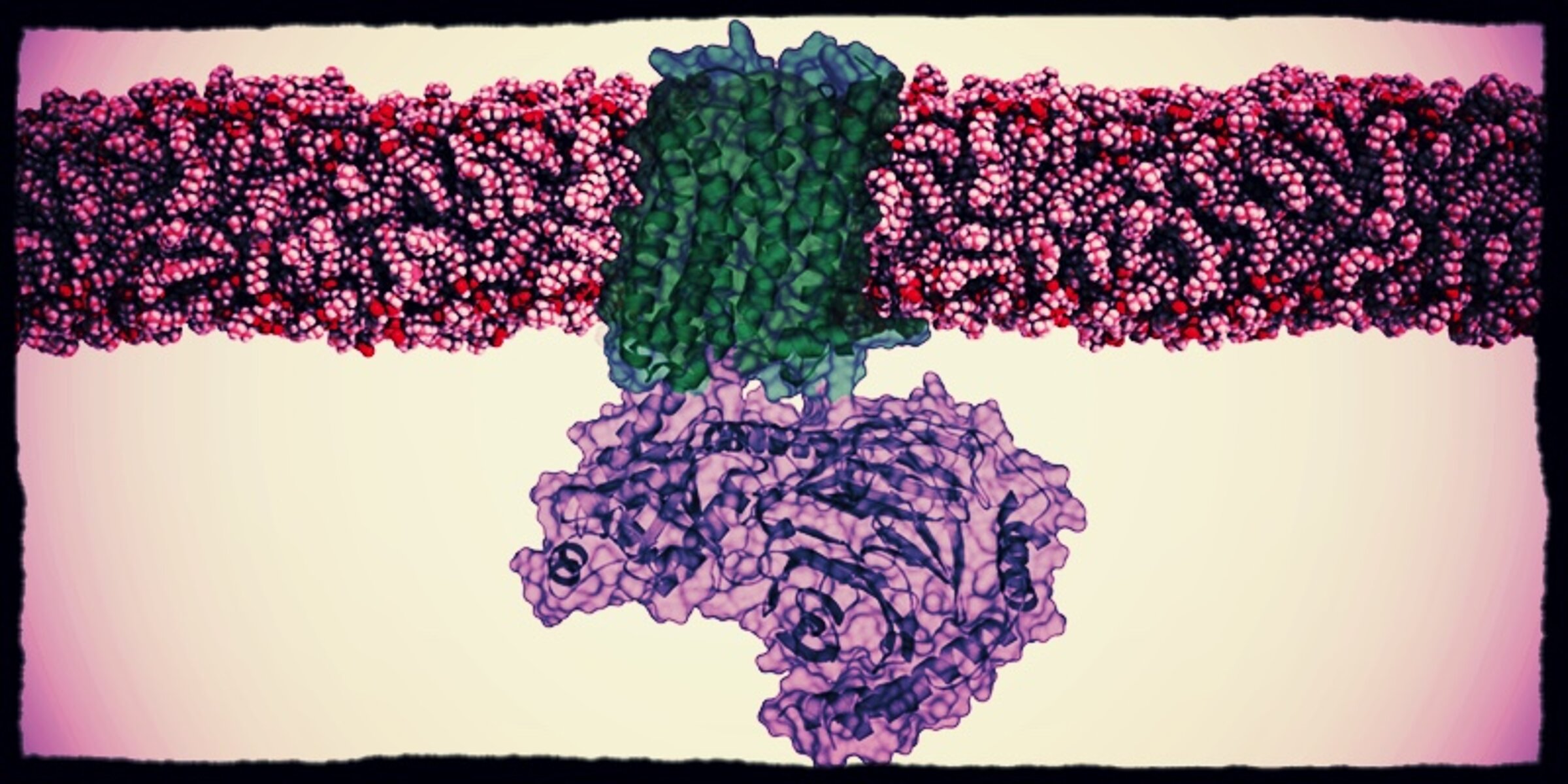G protein coupled receptors (GPCRs) conduct the majority of transmembrane responses to hormones and neurotransmitters, and mediate the senses of sight, smell and taste. Approximately half of all medications used today make use of this kind of receptors. Over a decade ago, Roger Sunahara and Brian Kobilka met at a conference and started a collaboration to understand GPCR signaling in molecular detail using an array of methods ranging from traditional pharmacology and signaling assays to spectroscopy and crystallography. This tag-team lecture will highlight several of their favorite collaborative studies.
Brian Kobilka
Kobilka studied at the University of Minnesota Duluth and earned his medical degree from Yale University in New Haven, Connecticut. After completing his residency in St Louis, Missouri, he moved to Duke University in Durham, North Carolina, where he conducted his Nobel Prize-awarded research together with Robert Lefkowitz (Nobel Prize in Chemistry 2012). Since 1989 he has been Professor for Medicine and Molecular and Cellular Physiology at Stanford University. Kobilka has been awarded an Einstein Visiting Fellowship in 2017. His research group at the Berlin Institute of Health collaborates with the laboratory of Peter Hildebrand from the Charité-Universitätsmedizin and is associated with the Einstein Center Digital Future.
Roger Sunahara
Sunahara is Professor of Pharmacology at the University of California San Diego. His laboratory specializes in the structure and function of GPCRs and utilizes biochemical, biophysical and pharmacological methodologies to study GPCR-G protein interactions. He started his research career at the University of Michigan Medical School in Ann Arbor. In 2015 Professor Sunahara moved his laboratory to the Department of Pharmacology at the University of California in San Diego, La Jolla.


